Gallantry at Grainville-sur-Odon
#9thInNormandy
After their success in taking le Haut du Bosq on 26th June, 9th Cameronians didn’t have much time to rest before their next assault. In the early hours of 27th June, plans were drawn up for a follow up attack later that day – the objective being Grainville-sur-Odon in an attempt to prevent German forces from regrouping and launching their own counter-attacks.
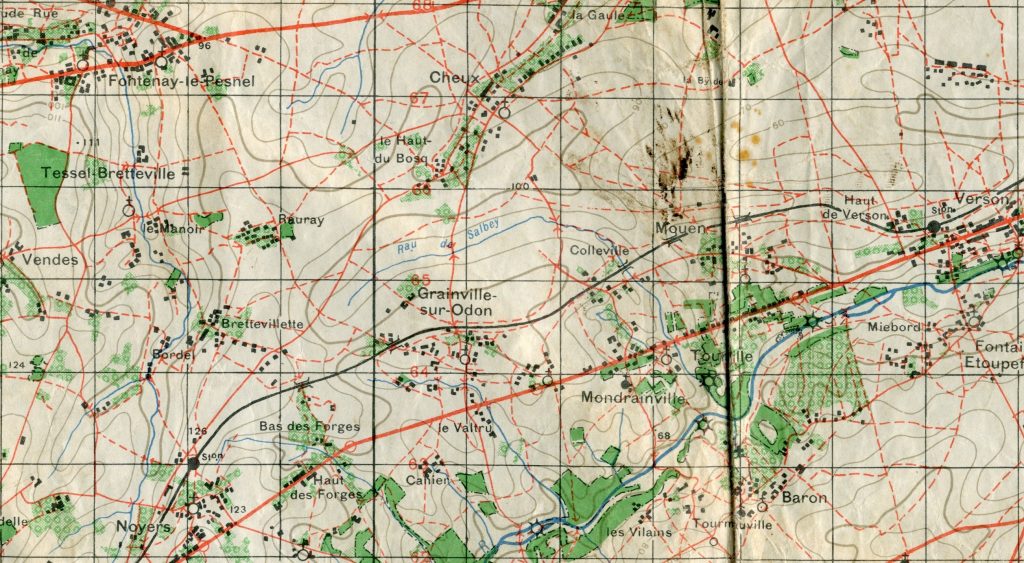
© South Lanarkshire Council
Orders for Operation Epsom reveal that local towns, villages, and geographical features had been given code names after famous London, streets, hotels and other iconic landmarks. Le Haut du Bosq was codenamed ‘CLARIDGES’ while the new object of Grainville-sur-Odon was given the codename ‘DORCHESTER’. The rivers Odon and Orne were ‘FORTNUM’ and ‘MASON’.
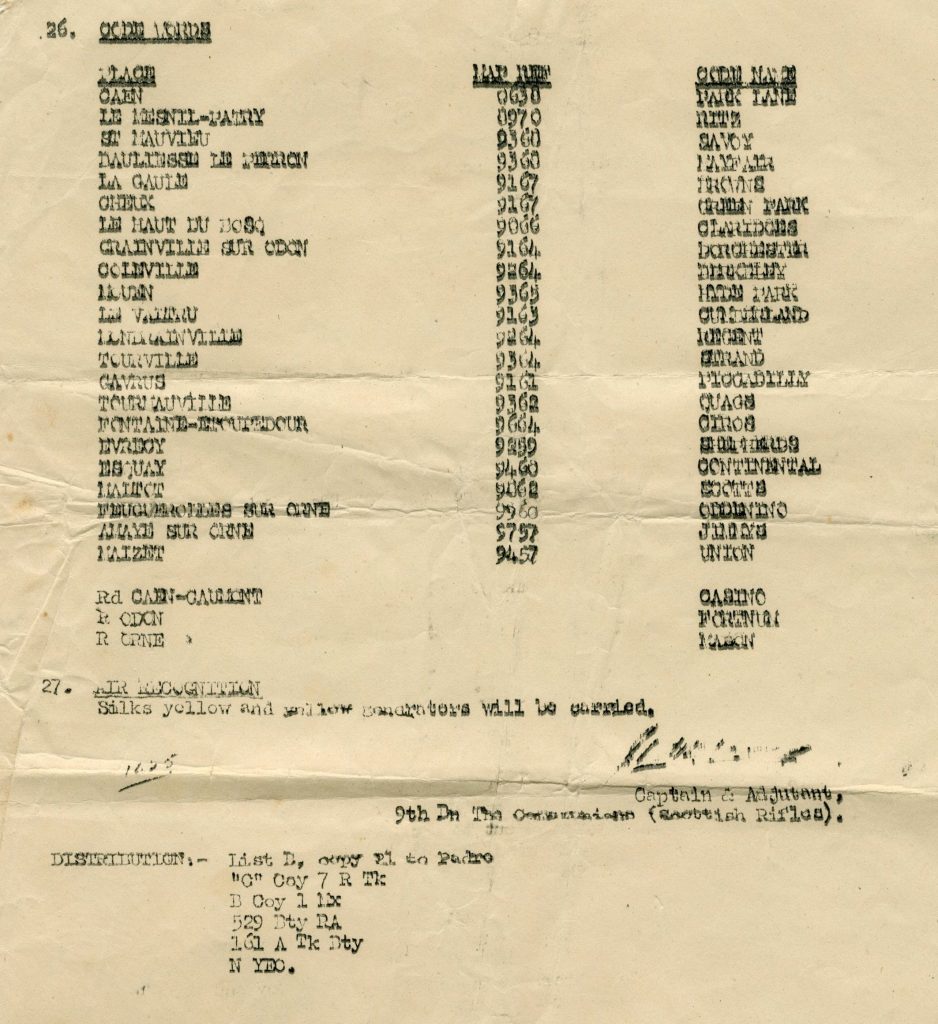
© South Lanarkshire Council
Most of the morning and afternoon of 27th June was spent planning and re-organising ahead of the attack on Grainville-sur-Odon. At 17:15 they set off for the attack point. 9th Cameronians was to be supported by two troops [8 tanks] of the 7th Royal Tank Regiment. On the outskirts of Grainville they encountered a Squadron of the Fife and Forfar Yeomanry who had been observing the village; they believed the village to be clear although they suspected German tanks were operating in the vicinity.
‘D’ Company, under Captain W. Leggat Smith, led the attack, closely supported by the tanks of 7th Royal Tank Regiment. Unfortunately for them, the village turned out to be more heavily defended than was thought; three tanks being quickly knocked out by the accurate fire from four German Tiger tanks hidden in the village. ‘D’ Company reached their objectives but were unable to destroy the enemy tanks as their PIATs [Personal Infantry Anti-Tank weapon] were not up with the leading platoon. Captain Leggat Smith and one section, under Corporal McGilvray, got to within about 50 yards of two Tiger tanks and effectively sniped at the crews whenever they showed themselves . At around 22:00 ‘D’ Company and the remaining tanks were ordered to withdraw to a defensive position west of Grainville-sur-Odon.

With the attack halted for the night, new plans were made to assault Grainville on 28th June with the entire Battalion, supported by a Field Regiment Royal Artillery and a barrage from heavier support artillery. This time, the tanks would stay clear of the village and instead protect the open right flank. ‘C’ and ‘D’ Companies would lead the attack, ‘B’ Company with the anti-tank platoon in support, and ‘A’ Company in reserve.
After an hour’s artillery barrage the attacked commenced at 12:15. ‘C’ Company quickly engaged the enemy and located an enemy tank hiding in a railway cutting. Lieutenant Fairhurst assembled a team of three PIATs to deal with this threat, but as they crept within range they were spotted by the tank crew. The tank fired it’s main gun and killed or wounded the entire detachment. ‘C’ Company proceeded to work around to the rear of the tank, flushing it from it’s cover where it was quickly destroyed by the British tanks protecting the right flank – pay back for their losses on the previous day.
‘D’ Company, on the left front of the attack, suffered heavy losses clearing snipers from the village but managed to secure and hold their objective. Grainville-sur-Odon had been secured.
The two days fighting to take the village resulted in the deaths of 19 men of 9th Cameronians, with many more wounded.
Shortly after the end of Operation Epsom, Lt-Col. Villiers made recommendations for gallantry awards to those who had particularly stood out for their bravery and actions during the Battle. Among them was 9th Cameronians’ chaplain, Captain The Rev. Sam Cooke.
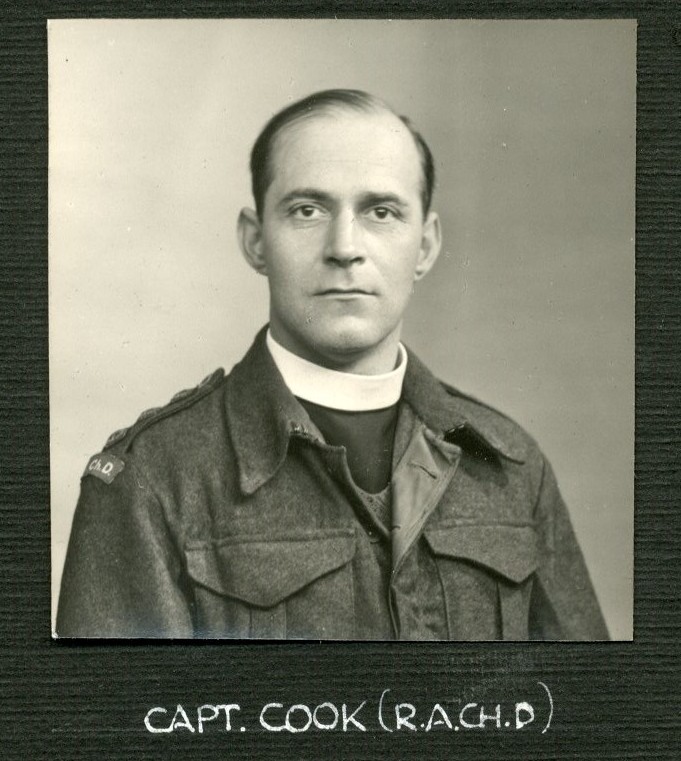
From a photograph album in The Cameronians (Scottish Rifles) regimental collection.
© South Lanarkshire Council
Lt-Col Villier’s lengthy recommendation for an award of the Military Cross to Captain Cooke is worth quoting in full:
On 26 June 1944 the battalion to whom the Rev S Cook, CF [chaplain to the Forces] was attached, was one of the leading battalions on HAUT DU BOSQ. He had been instructed to move with the RAP [regimental aid post], but he chose instead to move on out with one of the leading companies. During the attack he attended many wounded men and arranged for their evacuation, often under intense MG [machine gun] fire.
On the night 27/28 June, there were a number of casualties in GRAINVILLE SUR ODON, from which a company had withdrawn after an unsuccessful attack. Padre Cook volunteered to accompany a search party that night to evacuate our wounded although it was suspected that the village was still occupied by the enemy.
On the 28th, 29th and 30th June, while the Battalion was occupying GRAINVILLE SUR ODON, it was continually shelled and mortared. Many stretcher bearers were themselves casualties and the Padre was continually organising SB [stretcher bearers] parties; he himself took part in most of them, even during periods of the most intense bombing. Owing to the lack of ambulances, battalion tpt [transport] had to be used for evacuating casualties, and the Padre, using a captured German car, was continually taking wounded back to the CCP [casualty clearing post], a distance of over a mile; enemy activity in mortar and artillery fire made no difference to him. On the few occasions when there were no casualties to be evacuated, he invariably visited forward companies, although urged by everyone to rest, as he had practically no sleep for over 48 hours. His work was commented on by all ranks in the battalion and he set a fine example of courage and devotion to duty over a period of five days.
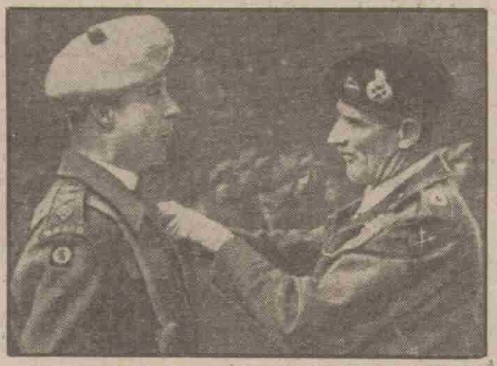
© Daily Record
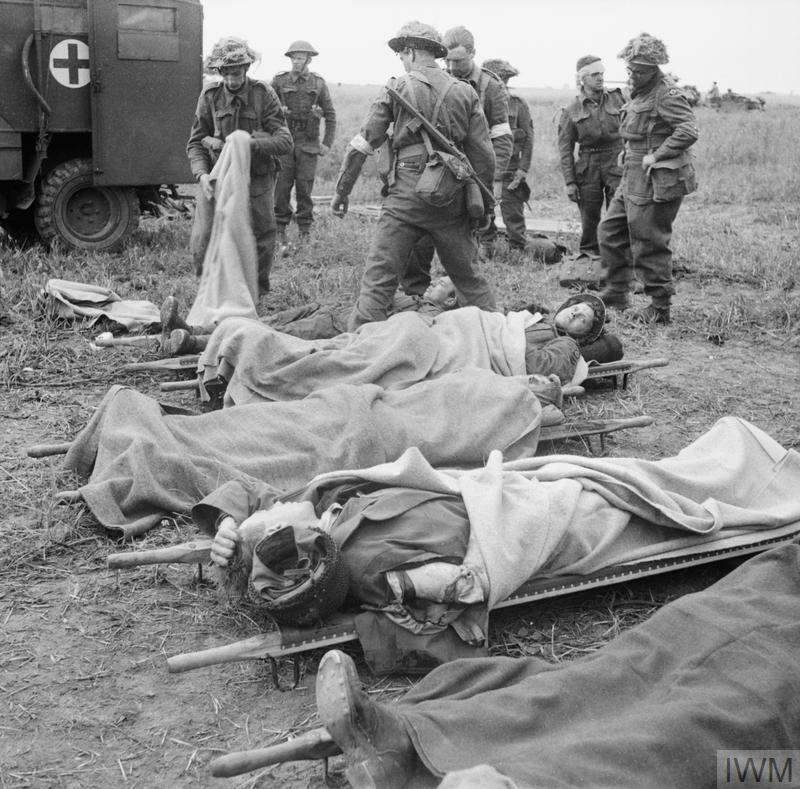
© IWM (B 6005)
Also put forward for a gallantry award for his part in Operation Epsom was Corporal James McGilvray from Lanark, who Lt-Col. Villiers put forward for the Distinguished Conduct Medal – here follows his original recommendation:
On 27 Jun 44 Cpl McGilvray was commanding a Section of a Coy [company] which carried out an attack on GRAINVILLE-SUR-ODON. Although separated from the Tanks supporting him and from the remainder of his Pl [platoon] he pushed on under heavy fire to the limit of his objective. Although within 50 yds [yards] of enemy tanks he held his ground till nightfall and then being still unsupported he withdrew his section bringing in two wounded men. In the second attack on GRAINVILLE-SUR-ODON on 28 Jun 44 Cpl McGilvray commanded his Section with considerable skill. He was under heavy fire for 6 hrs [hours] and his good example has had a most heartening affect on the men of his Pl.
Awarded M.M. LG [London Gazette] 19.10.44
(signed) B. L. Montgomery, General
Commander-in-Chief, 21 Army Group
Corporal McGilvray was posthumously awarded the Military Medal; by the time the recommendation process has been finally approved in October 1944, McGilvray was already dead – having died of wounds on 6th July, a week after Operation Epsom’s conclusion. James McGilvray is buried in Bayeux War Cemetary; his grave marker bears the touching epitaph from his family of ‘Our Jimmy’. He was 24 years old.
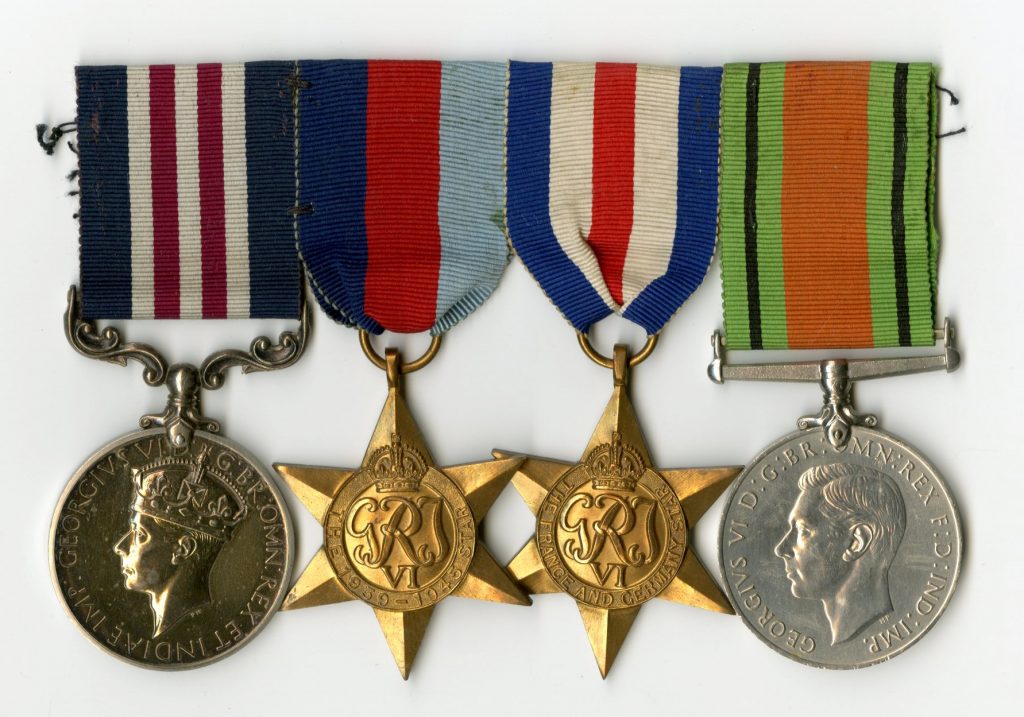
© South Lanarkshire Council
Corporal McGilvray’s medals are on display in The Cameronians (Scottish Rifles) medal cabinets in Low Parks Museum.
Comments: 1
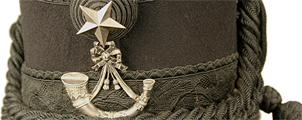
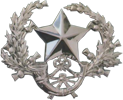

Casualties to the Cameronians at the Normandy Battles mentioned in this post were :
26/06/44 Haut-du-Bosq = Killed & Died of Wounds 37 / Wounded 108 / Made Prisoner 4.
27/06 – 01/07/44 Granville sur Odon = KIA & DOW 50 / WIA 61 / POWs 8.